Home>Storage Ideas>Living Room Storage>Living Room Seating Ideas: Design Rules For Seat Layouts
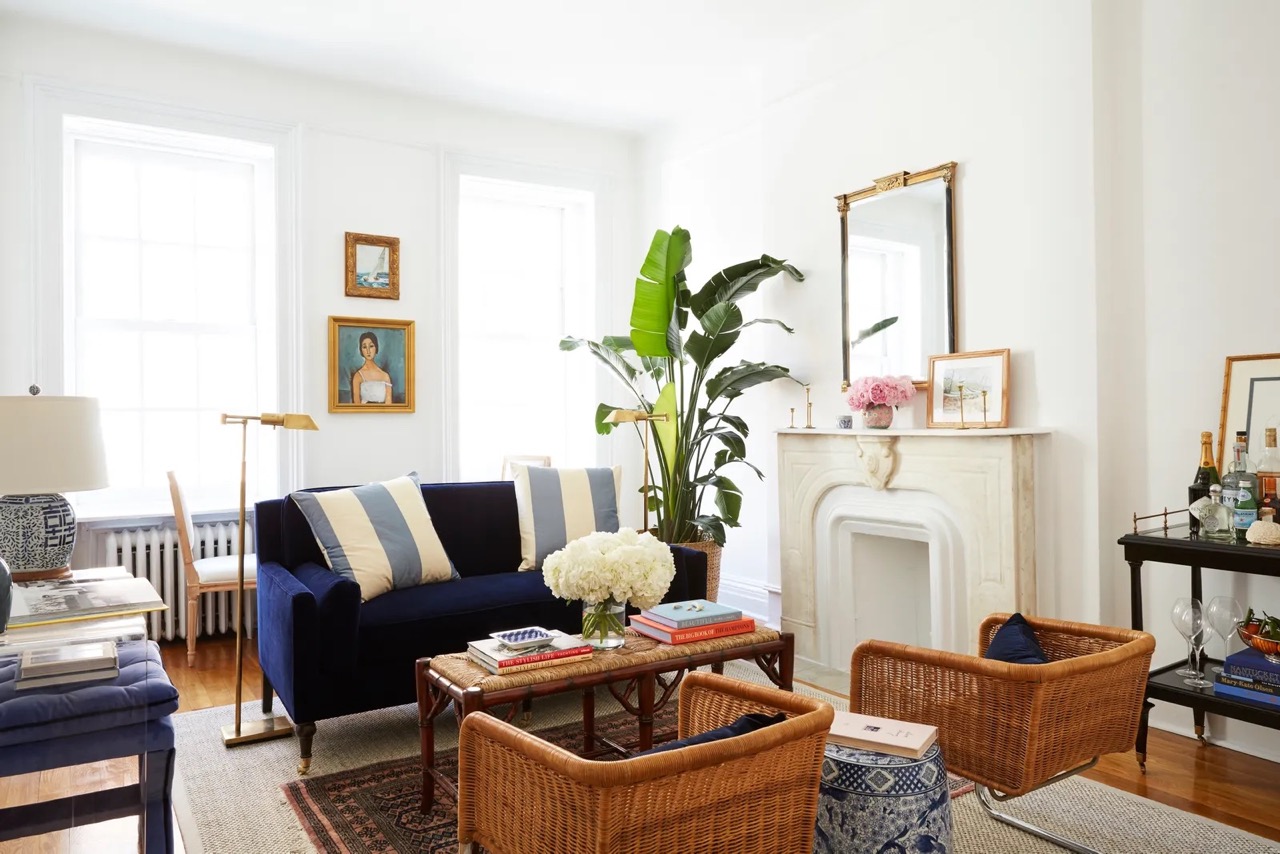

Living Room Storage
Living Room Seating Ideas: Design Rules For Seat Layouts
Modified: November 1, 2024
Discover practical living room seating ideas and design rules for seat layouts. Enhance your space with smart living room storage solutions.
(Many of the links in this article redirect to a specific reviewed product. Your purchase of these products through affiliate links helps to generate commission for Storables.com, at no extra cost. Learn more)
Introduction
Welcome to the world of living room storage – the perfect solution to keeping your space tidy, organized, and clutter-free. In today’s fast-paced world, the living room serves as a multifunctional hub where we unwind, entertain guests, and spend quality time with loved ones. It’s essential to have ample storage options that not only provide functionality but also enhance the overall aesthetic appeal of the room.
From stylish cabinets and shelves to innovative storage ottomans and coffee tables, there are countless options available to suit your needs and personal style. But having a deep understanding of living room storage and its optimization is key to creating a harmonious and organized space that reflects your individuality.
In this comprehensive guide, we will explore the world of living room storage, delve into its different aspects, and provide you with invaluable insights on how to make the most of your space. We’ll cover various storage solutions, design considerations, and practical tips to help you create a perfectly balanced and visually pleasing living room.
Whether you have a small apartment with limited space or a sprawling living area, this guide will equip you with the knowledge and inspiration needed to transform your living room into a clutter-free oasis. So, let’s dive in and explore the wonderful world of living room storage and optimization!
Key Takeaways:
- Designing the perfect living room seat layout involves balancing functionality, comfort, and aesthetics. Consider focal points, traffic flow, and multi-functionality to create a harmonious and inviting space that reflects your personal style.
- Prioritize comfort and ergonomics when arranging living room seating. Create a space that promotes relaxation and connection by considering proximity, conversation, and the visual appeal of your seat layout.
Importance of Seat Layout in a Living Room
The seat layout in a living room is not just about arranging furniture; it plays a crucial role in creating a functional, comfortable, and visually appealing space. The way the seats are arranged can greatly influence the flow of conversation, create a harmonious atmosphere, and enhance the overall experience of the room. Here are a few reasons why seat layout is important in a living room:
- Facilitating conversation: The primary purpose of a living room is to provide a space for social interaction and gathering. The seat layout should encourage easy conversation flow and interaction among family members and guests. Placing seats facing each other or in a circular arrangement can help foster engagement and connection.
- Optimizing space: A well-planned seat layout can help maximize the use of available space in the living room. By considering the dimensions and shape of the room, you can arrange seats in a way that ensures efficient utilization of space without compromising on comfort or accessibility.
- Creating a focal point: The seat layout can be used to highlight and emphasize a focal point in the living room, such as a fireplace, a stunning piece of artwork, or a scenic view. Placing seats strategically in relation to the focal point can draw attention, create a sense of harmony, and enhance the overall visual appeal of the room.
- Promoting comfort and relaxation: The arrangement of seats should prioritize comfort and relaxation. Considering factors such as ergonomics, cushioning, and appropriate seating heights can ensure that everyone feels comfortable and at ease in the living room. Additionally, incorporating versatile seating options like recliners or sectional sofas can accommodate different preferences and needs.
- Improving traffic flow: The right seat layout can contribute to smooth traffic flow in the living room. Ensuring that there is enough space for movement between seats and around the room can prevent congestion and make the room feel more spacious and inviting.
- Reflecting personal style: The seat layout is an opportunity to showcase your personal taste and style. Whether you prefer a classic, formal arrangement or a more eclectic and contemporary layout, the way you arrange your seats can reflect your personality and create a unique ambiance in the living room.
Considering the importance of seat layout in a living room, it’s worth investing time and effort into planning and arranging the seats in a way that optimizes functionality, comfort, and aesthetic appeal. By creating a well-thought-out seat layout, you can transform your living room into a space that fosters vibrant conversations, relaxation, and enjoyable moments with friends and family.
Types of Living Room Seating Arrangements
When it comes to seating arrangements in the living room, there are various options to consider depending on your preferences, available space, and desired functionality. Each arrangement has its unique benefits and can cater to different needs. Here are some popular types of living room seating arrangements to inspire you:
- Traditional arrangement: This classic arrangement features a sofa and a pair of armchairs facing each other, creating a symmetrical and balanced layout. It encourages intimate conversations and is perfect for formal settings where maintaining a sense of elegance and tradition is essential.
- Sectional arrangement: A sectional sofa is a versatile seating option that can adapt to various room layouts. It consists of multiple sections that can be arranged in different configurations to fit your specific needs. This arrangement is great for maximizing seating capacity and creating a cozy and inviting atmosphere.
- U-shaped arrangement: This arrangement involves placing a sofa and a pair of armchairs in a U shape, with a coffee table or ottoman in the center. It provides ample seating and creates a central focal point for gathering and conversation. The U-shaped layout is perfect for larger living rooms or spaces that accommodate a high number of guests.
- L-shaped arrangement: Similar to the U-shaped arrangement, the L-shaped layout incorporates a sofa and an armchair in an L shape, with a coffee table in the center. This arrangement works well in smaller living rooms and offers a comfortable and cozy seating arrangement that encourages interaction.
- Mix-and-match arrangement: For a more eclectic and personalized touch, consider mixing different types of seating options. Combining a sofa with a few accent chairs, ottomans, or stools can create an interesting and dynamic seating arrangement. This allows for flexibility and adds visual interest to the living room.
- Lounge-inspired arrangement: If you’re aiming for a more relaxed and casual atmosphere, consider creating a lounge-inspired seating area. Incorporate low-profile furniture, such as floor cushions, bean bags, or chaise lounges, paired with low coffee tables or poufs. This arrangement encourages relaxation and informal gatherings.
- Reading nook arrangement: Designating a cozy corner for reading or personal relaxation can add a unique touch to your living room. Place a comfortable armchair or a cozy daybed near a bookshelf or a window, and create a small oasis for quiet moments and self-reflection.
Remember, the seating arrangement you choose should align with your lifestyle, design preferences, and the function of the living room. Experimenting with different arrangements can help you find the perfect balance between comfort, aesthetics, and functionality in your space.
Design Rules for Seat Layouts
When planning the seat layout in your living room, it’s important to consider certain design rules to ensure a visually pleasing and functional arrangement. These guidelines can help you optimize the seating layout and create a space that is comfortable, balanced, and aesthetically pleasing. Here are some design rules to keep in mind:
- Symmetry and balance: Creating a sense of balance in the seating arrangement is essential. Symmetrical arrangements, where seats are placed equally on both sides of a central point, can give a formal and harmonious look. However, asymmetrical arrangements can add visual interest and a more relaxed feel if done correctly.
- Proximity and conversation: Arrange seats in a way that promotes easy conversation and interaction among occupants. Position chairs and sofas facing each other to encourage face-to-face conversations. Consider the distance between seats to ensure comfortable communication without straining or shouting.
- Traffic flow and spatial considerations: Ensure there is enough space for free movement between seats and around the room. Avoid blocking doorways or pathways with furniture. Consider the flow of traffic in the living room and arrange seats accordingly to avoid congestion and create a spacious atmosphere.
- Focus on focal points: Identify and highlight the focal points in the room, such as a fireplace, TV, or a stunning view. Arrange seats in a way that allows occupants to have a clear view and easy access to these focal points. This creates a sense of harmony and helps anchor the room’s design.
- Flexibility and multi-functionality: Consider incorporating versatile seating options that can adapt to different activities and preferences. Modular sofas, ottomans, and movable chairs can be rearranged or used as additional seating when needed. This allows for flexibility in the layout and caters to various social gatherings or individual relaxation.
- Comfort and ergonomics: Prioritize comfort when selecting seating options. Consider the ergonomics of the chairs and sofas, ensuring proper support for the back, neck, and legs. Opt for high-quality cushions and upholstery materials that provide both comfort and durability.
- Style and aesthetics: Choose seats that complement the overall style and décor of the living room. Consider the color palette, textures, and materials of the furniture to create a cohesive and visually pleasing space. Harmonize the seat layout with other elements in the room, such as rugs, curtains, and lighting fixtures, to achieve a unified look.
Remember, while these design rules provide valuable guidance, there is no one-size-fits-all approach to seat layouts. Every living room is unique, and your personal preferences and lifestyle should guide the final arrangement. Experiment with different layouts, adjust as needed, and trust your instincts to create a space that perfectly suits your needs and reflects your individuality.
Symmetry and Balance
When it comes to designing the seat layout in your living room, symmetry and balance play a crucial role in creating a visually appealing and harmonious arrangement. Symmetry refers to arranging seats in a way that achieves a mirror-like balance between both sides of a central point. This classic design principle can create a sense of order, elegance, and formality in the room. Here are some tips on how to incorporate symmetry and balance into your seat layout:
- Identify the central point: Before arranging seats, identify the central point in your living room. This could be a fireplace, a large window, or a focal piece of furniture. The central point will serve as a reference for creating a balanced arrangement.
- Mirror-like arrangement: Position identical or similar seats on opposite sides of the central point. For example, place two identical sofas facing each other or a pair of armchairs symmetrically flanking a coffee table. This creates a mirror-like effect and establishes a feeling of balance in the room.
- Consider visual weight: Take into account the visual weight of each seat and ensure that it is evenly distributed. Visual weight is influenced by factors such as size, color, and texture. If one side of the seating arrangement appears heavier than the other, adjust accordingly by adding or subtracting elements to create balance.
- Avoid overcrowding: While symmetry is important, it’s equally crucial to maintain a sense of spaciousness in the room. Don’t overcrowd the seating area with too many seats or furniture pieces. Allow for enough space between seats for comfortable movement and conversation.
- Harmonize with other elements: To enhance the overall sense of symmetry, ensure that other elements in the room, such as lighting fixtures, rugs, and artwork, also contribute to the balanced aesthetic. Coordinate the colors, shapes, and styles to create a cohesive and visually pleasing living room design.
While symmetrical and balanced seat layouts can create a formal and traditional look, keep in mind that they are not the only options. Depending on your design preferences and the overall style of your living room, you can also experiment with asymmetrical arrangements. These arrangements can add a contemporary and dynamic feel to the space. Remember, aesthetics should always be balanced with functionality and personal preference. Trust your instinct and create a seat layout that reflects your unique style and meets your specific needs.
Read more: How To Layout Your Living Room
Proximity and Conversation
When designing the seat layout in your living room, it’s essential to consider the proximity between seats and how it fosters easy conversation and interaction among occupants. Creating a seating arrangement that encourages conversation can make your living room a warm and inviting space. Here are some tips to ensure proximity and conversation in your seat layout:
- Face-to-face arrangement: Arrange seats, such as sofas and armchairs, in a way that they face each other. This allows occupants to maintain eye contact and engage in natural conversation without straining their necks or having to turn their bodies.
- Positioning the main seating area: Place the main seating area, such as a sofa or sectional, in the center of the room as a focal point. Surround it with complementary seating options, such as armchairs or ottomans, to create a sense of togetherness and encourage interaction.
- Consider the distance: Take into account the appropriate distance between seats for comfortable conversation. Too much space can create a sense of separation, while too little can feel cramped. A general rule of thumb is to leave about 4 to 8 feet between seats to allow for easy communication.
- Create conversation groups: Depending on the size of the room and the number of occupants, consider creating multiple conversation groups within the living room. This can be achieved by grouping seats in smaller clusters where people can gather and have intimate conversations.
- Include a central coffee table: Place a coffee table in the middle of the seating arrangement to facilitate conversation and provide a surface for drinks and snacks. Ensure that it is within reach of all seats to promote convenience and interaction among occupants.
- Provide additional seating options: Incorporate versatile seating options, such as stools or poufs, that can be easily moved and added to the conversation area. This allows for flexibility in accommodating more guests and encourages a lively and inclusive atmosphere.
- Consider the acoustics: Take into account the acoustics of the living room to ensure clear and comfortable communication. Incorporating elements such as rugs, curtains, or wall panels can help absorb excessive noise and create a more conducive environment for conversation.
By prioritizing proximity and conversation in your seat layout, you can create a living room space that promotes connection and engagement among family members and guests. Remember to arrange seats in a way that allows for effortless communication while still maintaining a comfortable and visually pleasing arrangement.
When arranging seating in a living room, consider creating a conversation area by placing seats facing each other to encourage interaction and socializing. This can be achieved by using a sofa and a pair of chairs or by arranging chairs in a circular formation.
Traffic Flow and Spatial Considerations
When planning the seat layout in your living room, it’s important to take into account the flow of traffic and spatial considerations. Designing a seating arrangement with efficient traffic flow in mind ensures that your living room feels spacious, accessible, and functional. Here are some tips to optimize traffic flow and spatial considerations in your seat layout:
- Circulation space: Allow for enough space between seats and around the room to ensure smooth movement. Avoid placing seats too close to walls or obstacles, as this can create a cramped and congested feeling. Aim to have at least 2 to 3 feet of space for easy navigation.
- Clear pathways: Create clear pathways in the living room, especially near entrances and corridors, to allow for unobstructed movement. Avoid placing bulky furniture or seats in these areas that can hinder traffic flow or make it difficult to access other parts of the room.
- Consider the main entrance: Arrange seats away from the main entrance to avoid congestion and create a welcoming atmosphere. Ensure that there is enough space for individuals to enter and exit the room without disruption to other occupants.
- Account for door swings: Take into account the swing of doors in the living room when positioning seats. Leave enough space behind the doors so that they can open and close freely without hitting or obstructing any furniture.
- Optimize corner space: Utilize corner spaces effectively by placing seats or storage units that can make the most of these often overlooked areas. Corner sofas or reading nooks can maximize seating options while maintaining a smooth traffic flow around the room.
- Consider the room shape: Different room shapes require different seating arrangements. For rectangular rooms, consider placing seats in a linear or L-shaped layout to make use of the elongated space. For square rooms, explore circular or U-shaped arrangements to create a focal point in the center.
- Scale and proportion: Consider the size of your living room and the scale of your furniture when arranging seats. Make sure that the seats are proportional to the space and do not overwhelm or dominate the room. Oversized furniture can obstruct traffic flow and make the room feel crowded.
By paying attention to traffic flow and spatial considerations, you can create a living room seat layout that is functional and easy to navigate. Prioritize creating a sense of space, maintaining clear pathways, and optimizing the flow of movement to ensure a comfortable and accessible environment for everyone. Remember to strike a balance between the arrangement of seats and the overall aesthetics of the room to create a visually pleasing and functional living space.
Focus on Focal Points
When designing the seat layout in your living room, it’s important to consider the focal points of the room. Focal points are the areas or elements that draw attention and serve as the visual centerpieces of the space. By arranging seats in relation to these focal points, you can create a visually appealing and cohesive design. Here are some tips to help you focus on focal points in your seat layout:
- Identify the focal points: Take a look at your living room and identify the key focal points. These could be a fireplace, a specially curated gallery wall, a large window with a scenic view, or a stunning piece of artwork. Understanding the focal points will guide you in positioning your seats accordingly.
- Direct attention: Arrange seats in a way that directs attention towards the focal points. Position seats facing the focal point or angle them in a way that provides a clear line of sight to the key element. This draws the eye and creates a sense of visual hierarchy in the room.
- Create distance: Leave enough space between the seats and the focal points to allow for proper visual appreciation. The distance should be appropriate to the size and scale of the focal point. For larger focal points, allow for a greater distance to ensure they are fully showcased.
- Consider multiple focal points: If your living room has more than one focal point, such as both a fireplace and a large window, try to balance the attention between them. Arrange seats to provide equal emphasis on each focal point, creating a harmonious composition.
- Anchor with furniture: Position seats in a way that anchors the focal point. For example, place a sofa or a pair of chairs flanking a fireplace to create a cohesive arrangement. This helps to visually connect the seating area with the focal point and creates a sense of unity in the design.
- Showcase artwork: If you have artwork as a focal point, pay attention to its height and scale. Position seats at an appropriate distance and height that allows for optimal viewing and appreciation of the artwork. Consider incorporating accent lighting to further highlight the artwork.
- Balance between focal points and other elements: While placing emphasis on focal points is important, it’s also crucial to strike a balance with other elements in the room. Ensure that the seat layout complements other design elements such as lighting, rugs, and accessories, creating a cohesive and well-integrated space.
By focusing on the focal points in your living room, you can create a visually captivating and inviting atmosphere. A well-planned seat layout that highlights the focal points allows you and your guests to appreciate the unique features and elements that make your living room special. Remember to consider both the arrangement of seats and the overall visual flow of the room to create a harmonious composition that showcases your focal points beautifully.
Flexibility and Multi-functionality
When designing the seat layout in your living room, it’s important to prioritize flexibility and multi-functionality. A flexible seating arrangement allows you to adapt the space to various needs and activities, while multi-functional seating options provide versatility and practicality. Here are some tips to achieve flexibility and multi-functionality in your seat layout:
- Modular furniture: Consider incorporating modular furniture, such as sectional sofas or seating systems with detachable pieces. Modular furniture allows you to rearrange the seats according to your needs, whether it’s accommodating more guests, creating a larger lounging area, or opening up space for other activities.
- Convertible seating: Opt for seating options that can serve multiple purposes. For example, choose a sleeper sofa or a daybed that can be transformed into a bed for overnight guests. Storage ottomans or benches with removable tops can provide both seating and hidden storage space.
- Movable chairs and stools: Incorporate movable chairs or stools that can be easily rearranged depending on your seating requirements. This allows for flexibility in creating additional seating areas or accommodating different spatial configurations.
- Consider the flow of activities: Take into account the activities that will take place in your living room. If you enjoy game nights, consider incorporating flexible seating options that can be easily moved to create a comfortable gaming area. If reading or relaxation is a priority, add a cozy reading nook with a comfortable chair and good lighting.
- Utilize space-saving furniture: If you have a small living room, prioritize space-saving furniture solutions. Look for slim-profile chairs or loveseats that can maximize seating while minimizing the footprint. Wall-mounted foldable tables or nesting tables offer additional functionality without taking up precious space.
- Include movable side tables: Add movable side tables or C-tables that can be easily positioned near seats to provide a convenient surface for snacks, drinks, or personal items. These tables offer flexibility and can be moved as needed for different activities or preferences.
- Create a versatile focal point: Designate a flexible focal point in your living room that can adapt to different needs. A media console with a swivel TV mount allows for easy viewing from different angles, while a fireplace with built-in storage provides functional and aesthetic versatility.
By incorporating flexibility and multi-functionality in your seat layout, you can transform your living room into a dynamic and adaptable space. This allows you to effortlessly accommodate varying activities and preferences, whether it’s entertaining guests, relaxing with a book, or hosting a movie night. Embracing versatility ensures that your living room remains functional and enjoyable for any occasion.
Comfort and Ergonomics
When designing the seat layout in your living room, comfort and ergonomics should be a top priority. Creating a seating arrangement that prioritizes comfort ensures that you and your guests can enjoy the space for extended periods without discomfort or strain. Here are some tips to incorporate comfort and ergonomics into your seat layout:
- Choose supportive seating: Select seats that offer proper support for the back, neck, and legs. Look for chairs and sofas with ergonomic designs and high-quality cushioning. Consider options with adjustable features like recliners or seats with lumbar support.
- Consider seat depth and height: Pay attention to the seat depth and height to ensure optimal comfort. The seat depth should allow for full support of the thighs without causing pressure on the back of the knees. The seat height should allow for easy entry and exit without straining or climbing.
- Consider seat firmness: Determine the level of firmness that aligns with your preference and comfort needs. Some individuals prefer firmer seats for better support, while others prefer softer cushioning for a plush and cozy feel. Test seating options and find the right balance that suits you.
- Include ergonomic accessories: Enhance comfort by including ergonomic accessories such as lumbar pillows, footrests, or seat cushions. These accessories provide additional support and can be adjusted to individual preferences, ensuring a personalized and comfortable seating experience.
- Provide ample seating space: Avoid overcrowding the seating area to allow for comfortable and unrestricted movement. Ensure that there is enough space between seats to prevent occupants from feeling cramped or confined. Each seat should have sufficient room for individuals to relax and shift positions comfortably.
- Consider the fabric and upholstery: Choose upholstery materials that are soft, breathable, and durable. Fabrics like linen or microfiber offer comfort and are easy to clean. Avoid materials that may cause discomfort, such as rough or scratchy fabrics, especially for seats that will be in direct contact with the skin.
- Test and try before purchasing: Before finalizing your seat selections, test them out in person whenever possible. Sit on different models, try various positions, and assess the comfort and support they provide. This hands-on approach will ensure that you choose seats that truly meet your comfort needs.
Creating a comfortable and ergonomic seat layout in your living room is essential for promoting relaxation and enjoyment. Prioritizing comfort ensures that the space caters to the physical well-being of those who use it. By considering factors such as support, seat depth, firmness, and accessories, you can create a seating arrangement that invites hours of comfort and leisure.
Style and Aesthetics
When designing the seat layout in your living room, it’s important to consider the style and aesthetics of the space. The arrangement of seats should align with the overall design theme and enhance the visual appeal of the room. Here are some tips to incorporate style and aesthetics into your seat layout:
- Choose seats that complement the theme: Select seats that align with the overall style and theme of your living room. Whether your space follows a traditional, modern, eclectic, or minimalist aesthetic, choose seats that harmonize with the design elements and materials already present in the room.
- Coordinate colors and patterns: Consider the color palette of your living room and ensure that the seats contribute to a cohesive and visually pleasing look. Coordinate colors and patterns with other elements in the room, such as walls, curtains, area rugs, or accent pillows, to create a harmonious and balanced composition.
- Mix and match: Don’t be afraid to mix and match different seating styles or materials to create a visually interesting and eclectic look. Combine chairs, sofas, and stools in complementary colors and textures to add depth and personality to the space.
- Pay attention to proportion and scale: Consider the size and scale of your seats in relation to the room. Oversized furniture can overpower a smaller living room, while tiny chairs can get lost in a spacious area. Ensuring the right proportion and scale of seats helps create a visually balanced and pleasing arrangement.
- Include accent chairs: Incorporate accent chairs in different styles or bold colors to add a focal point or a pop of visual interest to the seating arrangement. Accent chairs can complement the style of the room while making a statement on their own.
- Consider the shape and silhouette: Look for seats with unique shapes or interesting silhouettes that contribute to the aesthetics of the room. Curved backs, sleek lines, or intricate detailing can add a touch of elegance or create a modern and sophisticated feel.
- Integrate texture and materials: Bring in various textures and materials to create visual and tactile interest. Consider combining fabrics, leather, wood, or metal finishes to add richness and depth to the seating arrangement. Experiment with contrasting textures to create a visual dynamic.
- Accessorize with pillows and throws: Enhance the style of your seating arrangement with carefully chosen pillows and throws. Use them to incorporate complementary colors, patterns, and textures that tie together the overall aesthetic of the room.
By paying attention to the style and aesthetics of your seat layout, you can create a living room that is visually pleasing, inviting, and reflective of your personal taste. An arrangement that aligns with the overall design theme and incorporates stylish elements will elevate the ambiance of the room and create a cohesive and visually stunning space.
Conclusion
Designing the seat layout in your living room is a thoughtful process that requires consideration of various factors, including functionality, comfort, aesthetics, and spatial considerations. By following the design rules discussed throughout this guide, you can create a seat layout that is not only visually appealing but also functional and inviting.
From symmetry and balance to proximity and conversation, each aspect of the seat layout contributes to the overall experience and atmosphere of the room. Considering the flow of traffic, focusing on focal points, and incorporating flexibility and multi-functionality are essential for creating a versatile space that adapts to your needs.
Comfort and ergonomics should never be compromised. Designing the seat layout with proper support, seat depth, and height enhances the overall comfort and enjoyment of your living room. Remember to select seats and materials that align with your style and aesthetics, while paying attention to proportion, scale, and texture to create a visually pleasing arrangement.
In conclusion, your living room’s seat layout should be a reflection of your personal style and a space where you can relax, entertain, and connect with loved ones. By following the design principles and guidelines outlined in this guide, you can create a harmonious, functional, and visually appealing seat layout that transforms your living room into a haven of comfort and beauty.
Now, armed with this knowledge, it’s time to unleash your creativity and embark on the journey to create the perfect seat layout for your living room. Embrace the process, experiment with different arrangements, and trust your instincts as you create a space that truly embodies your unique style and meets your specific needs.
Frequently Asked Questions about Living Room Seating Ideas: Design Rules For Seat Layouts
Was this page helpful?
At Storables.com, we guarantee accurate and reliable information. Our content, validated by Expert Board Contributors, is crafted following stringent Editorial Policies. We're committed to providing you with well-researched, expert-backed insights for all your informational needs.
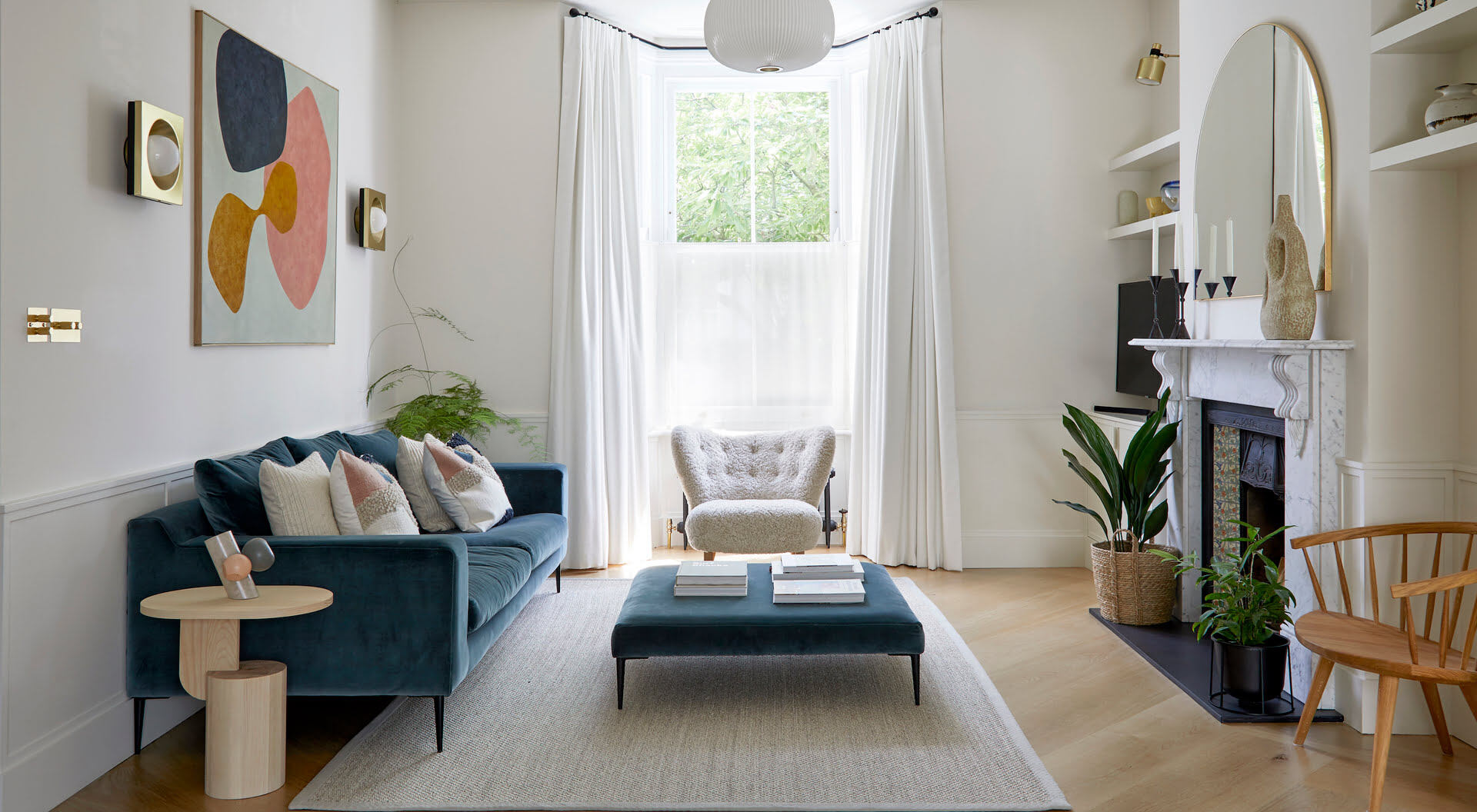
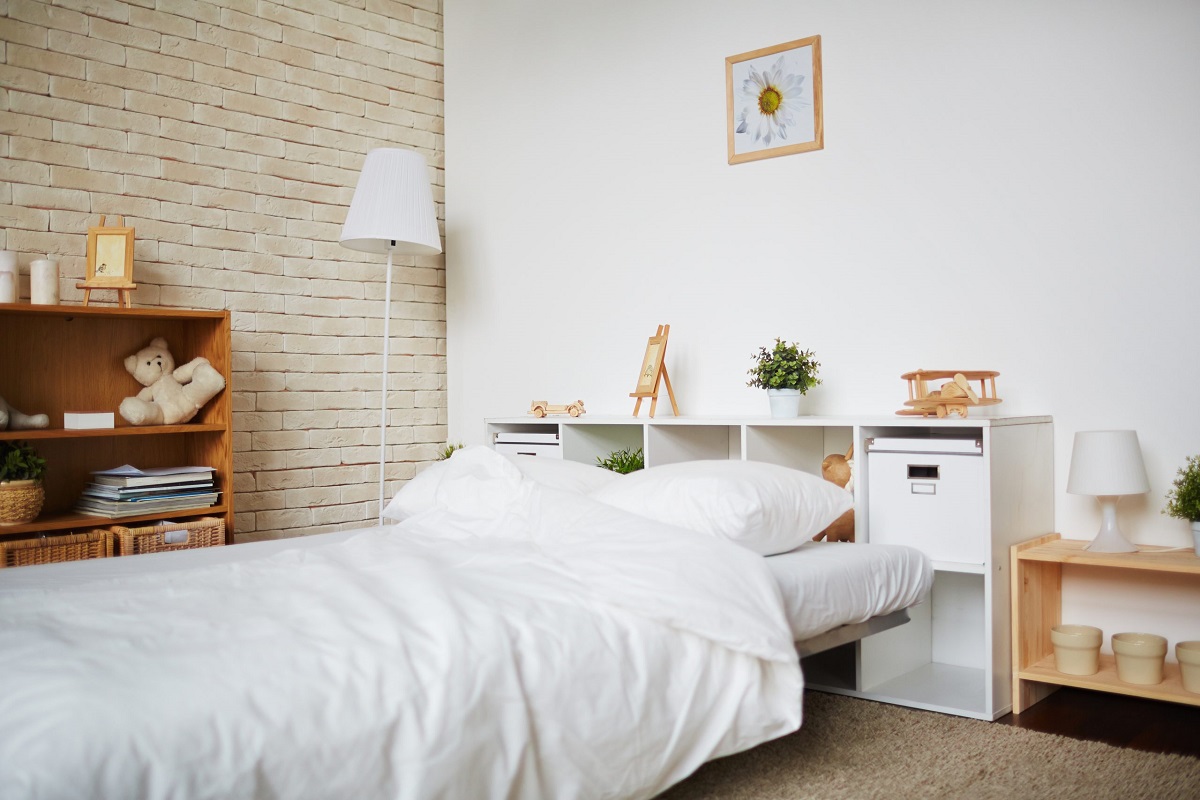
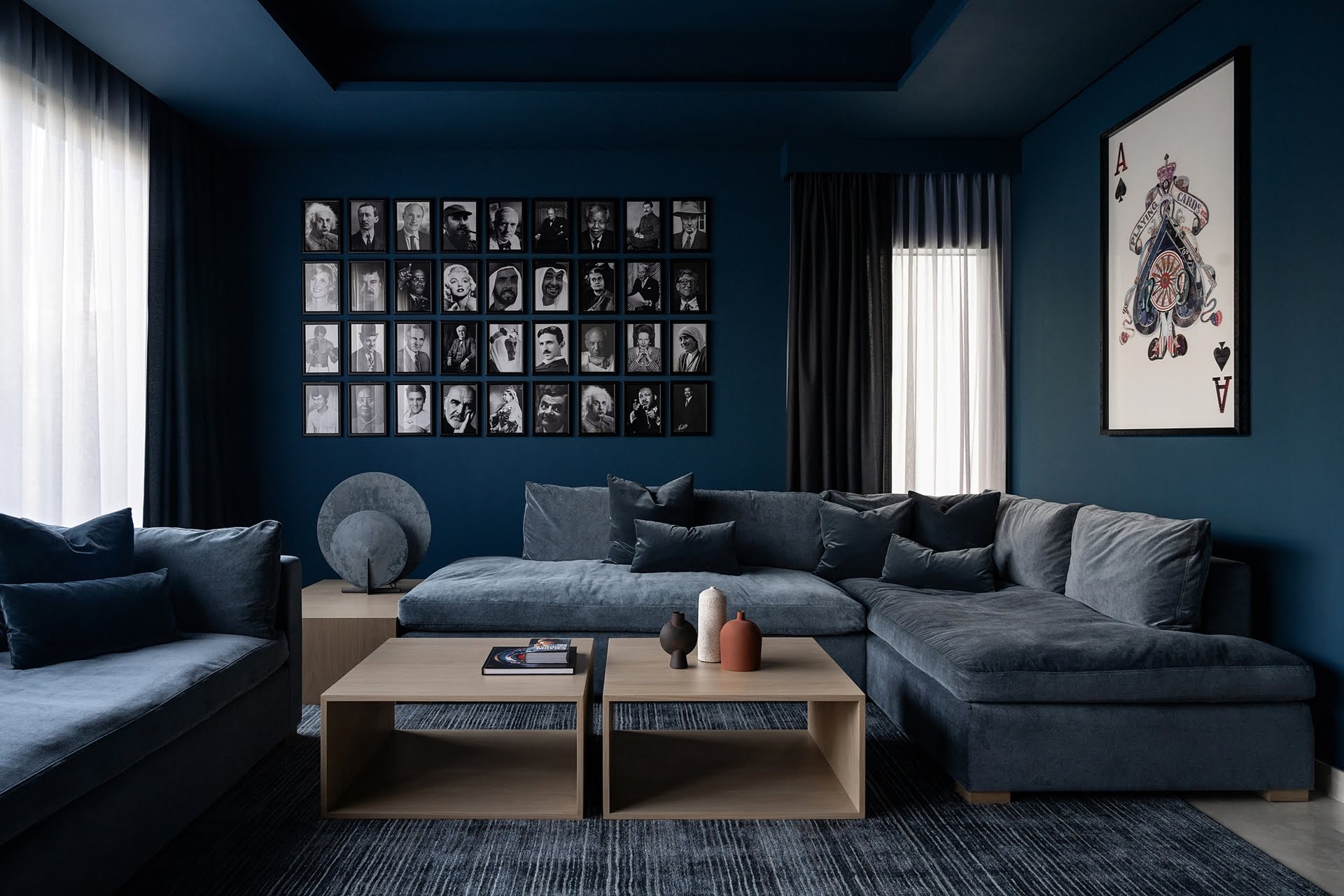

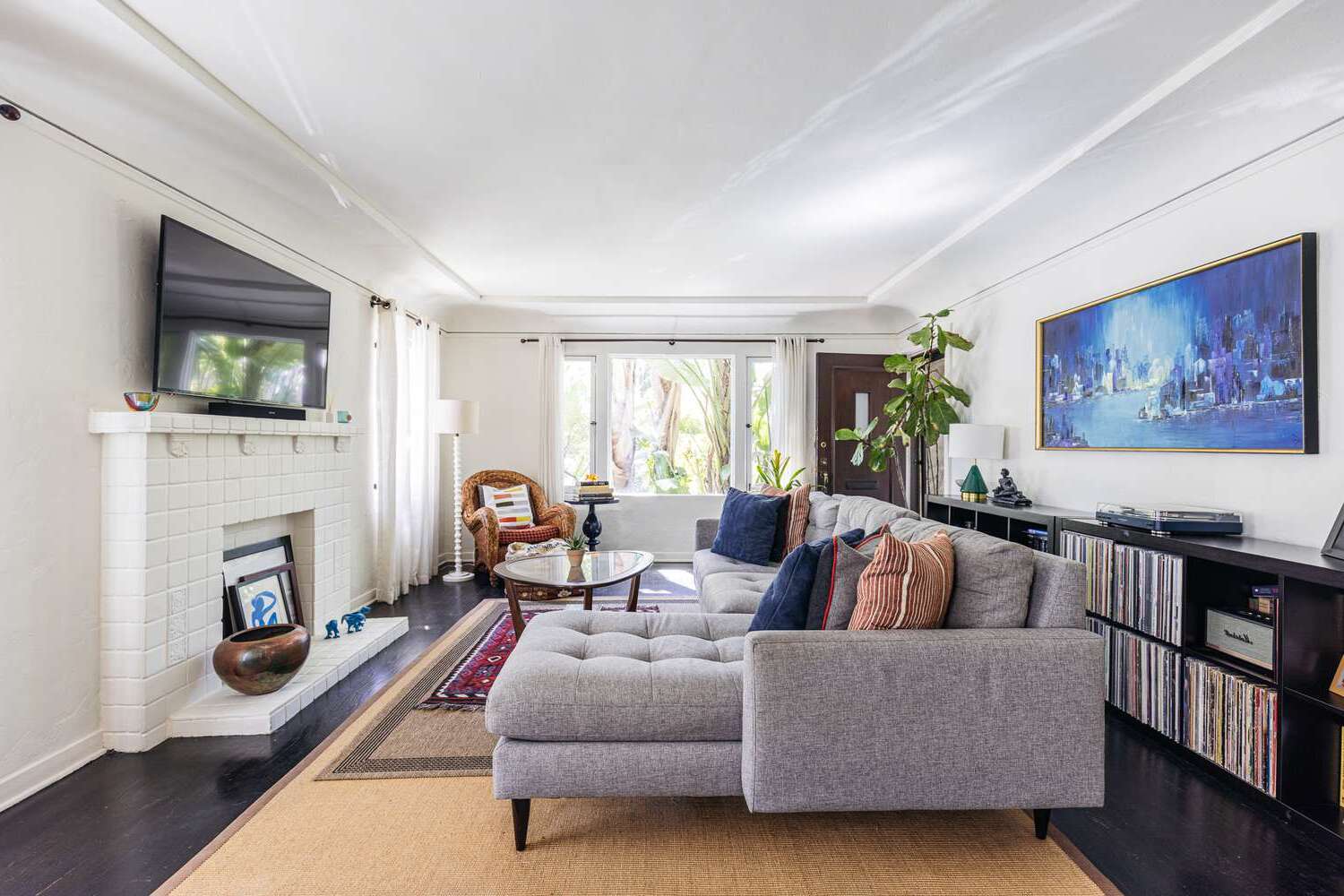
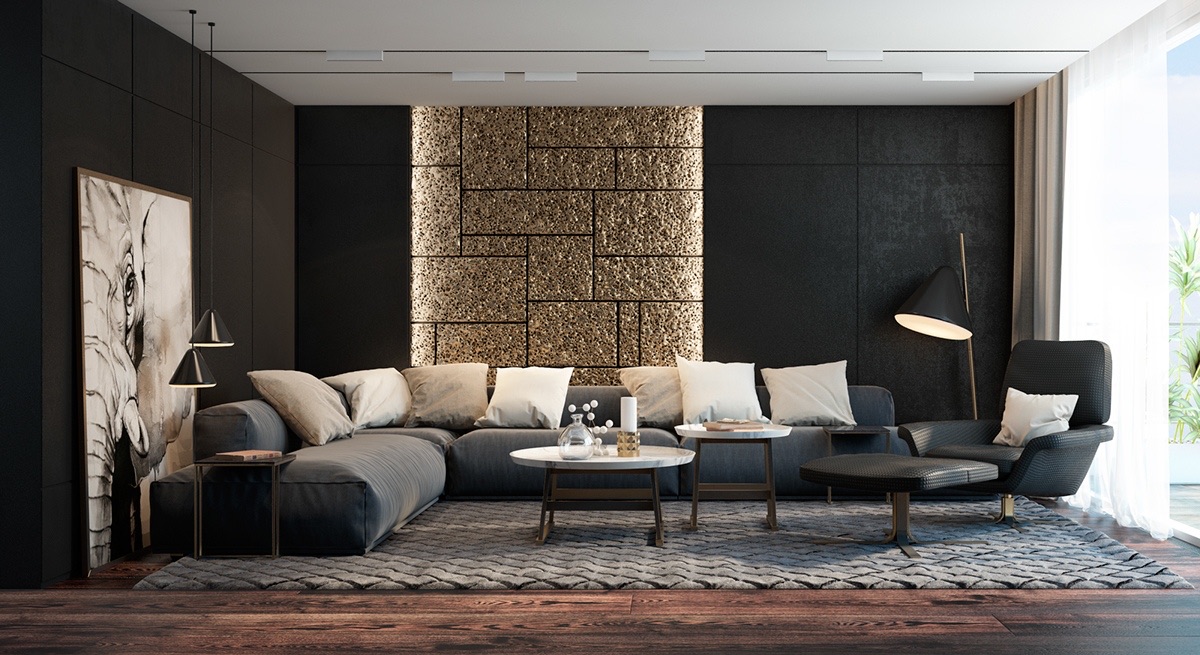
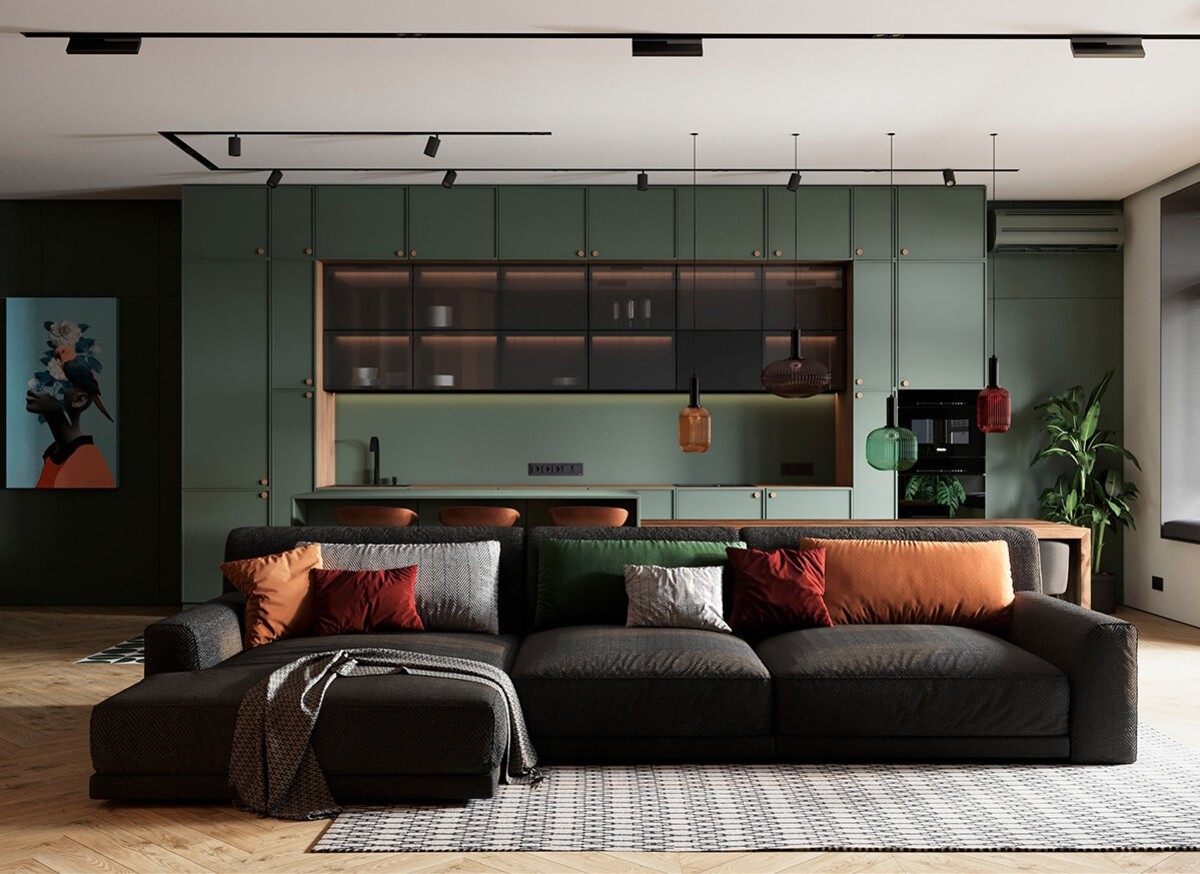
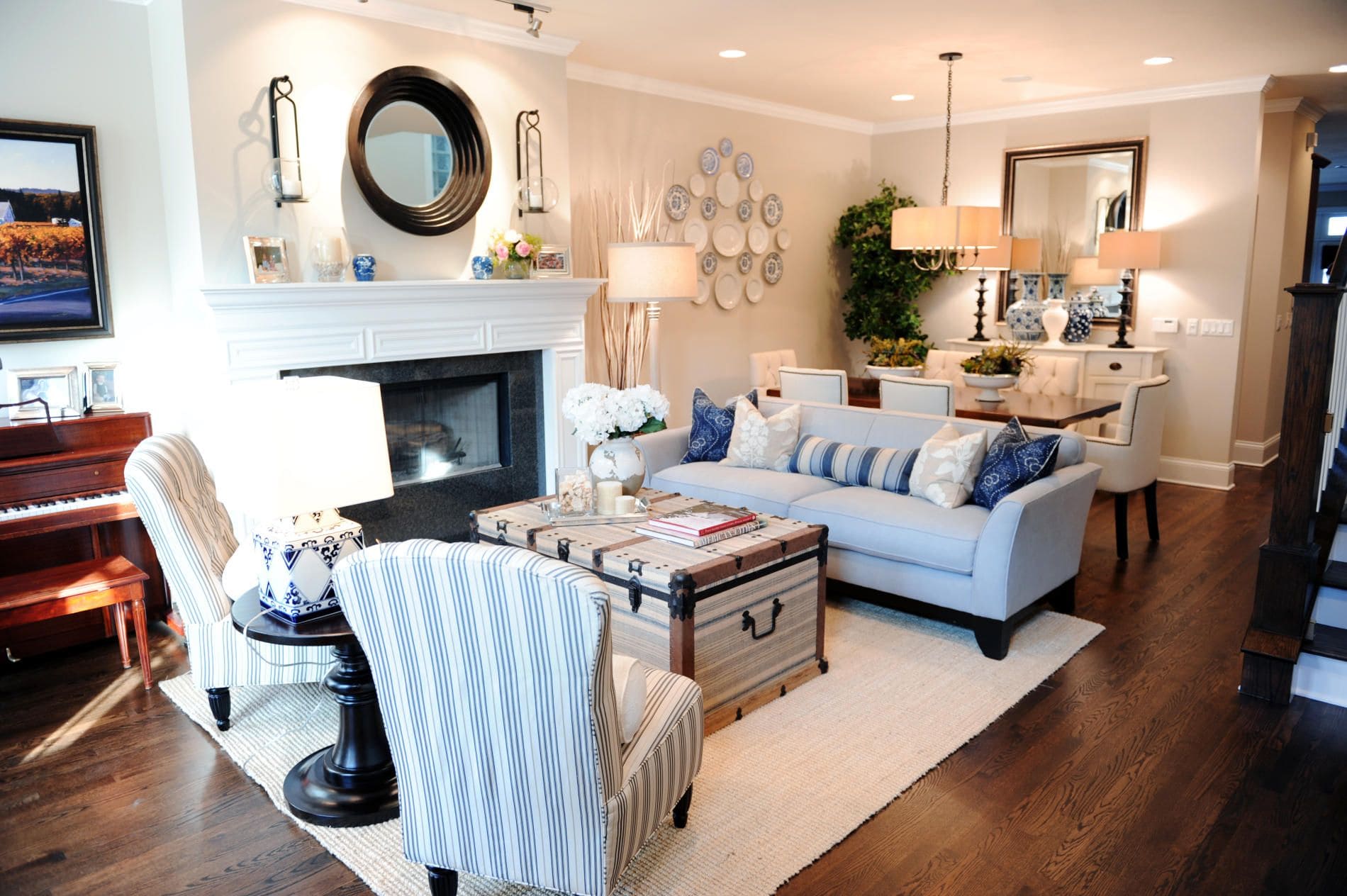
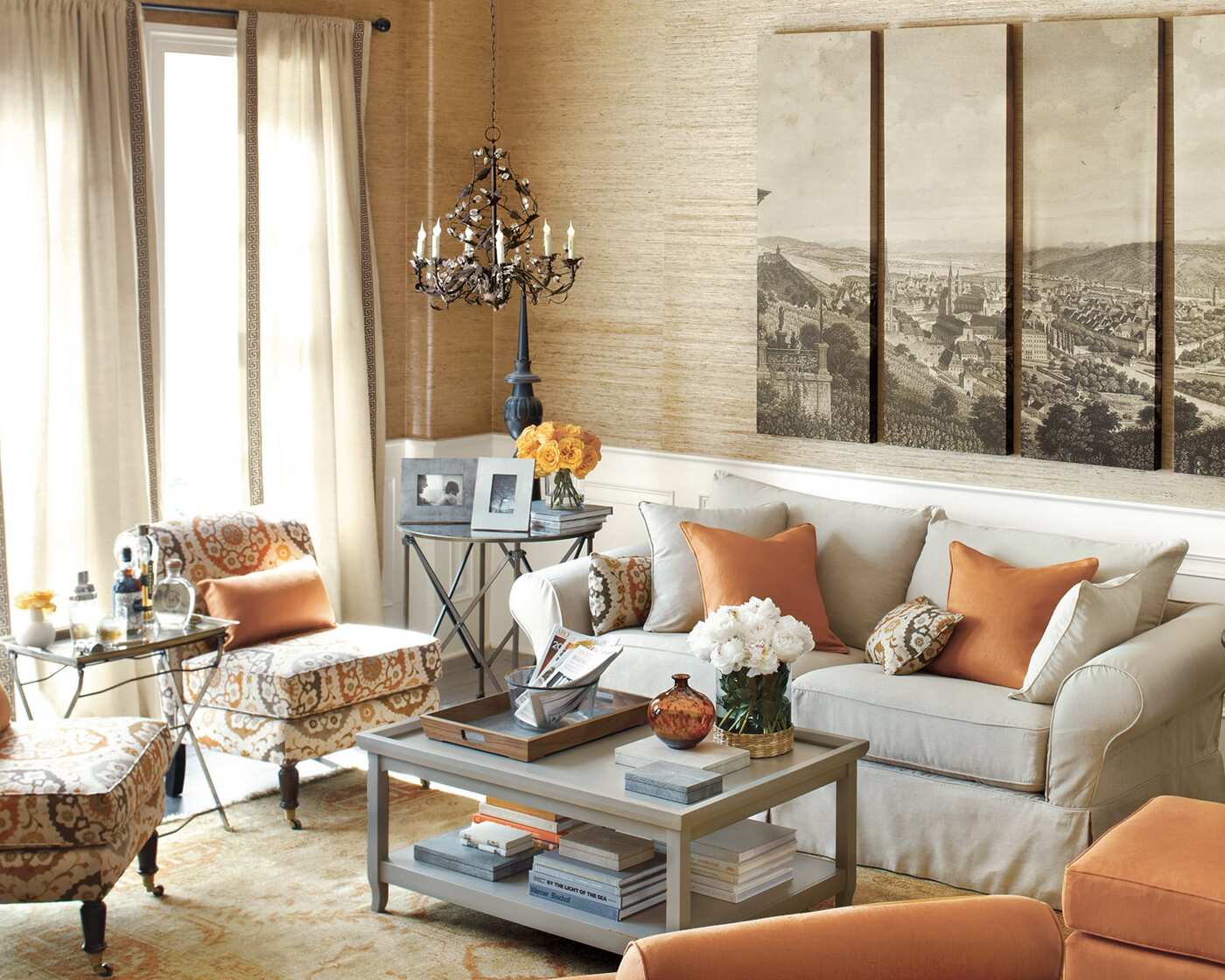
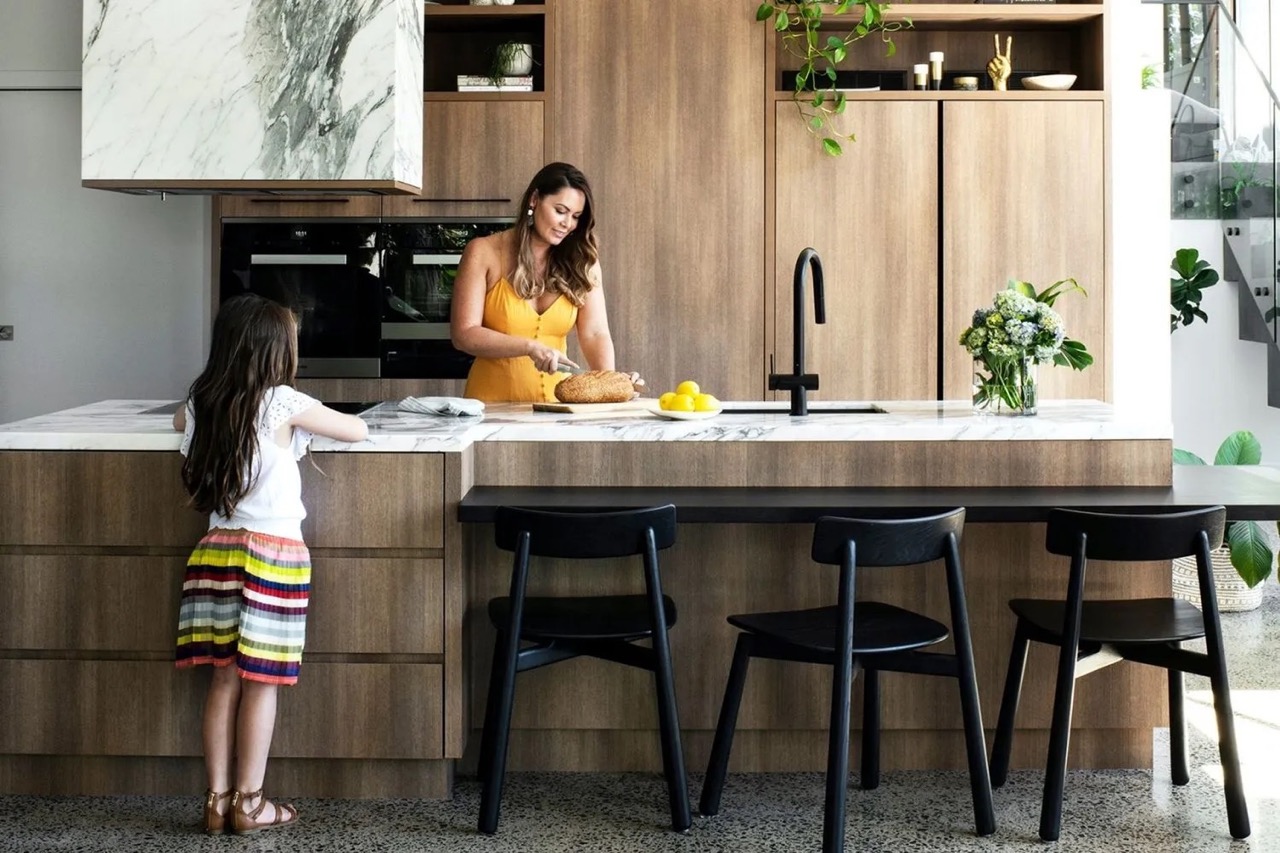
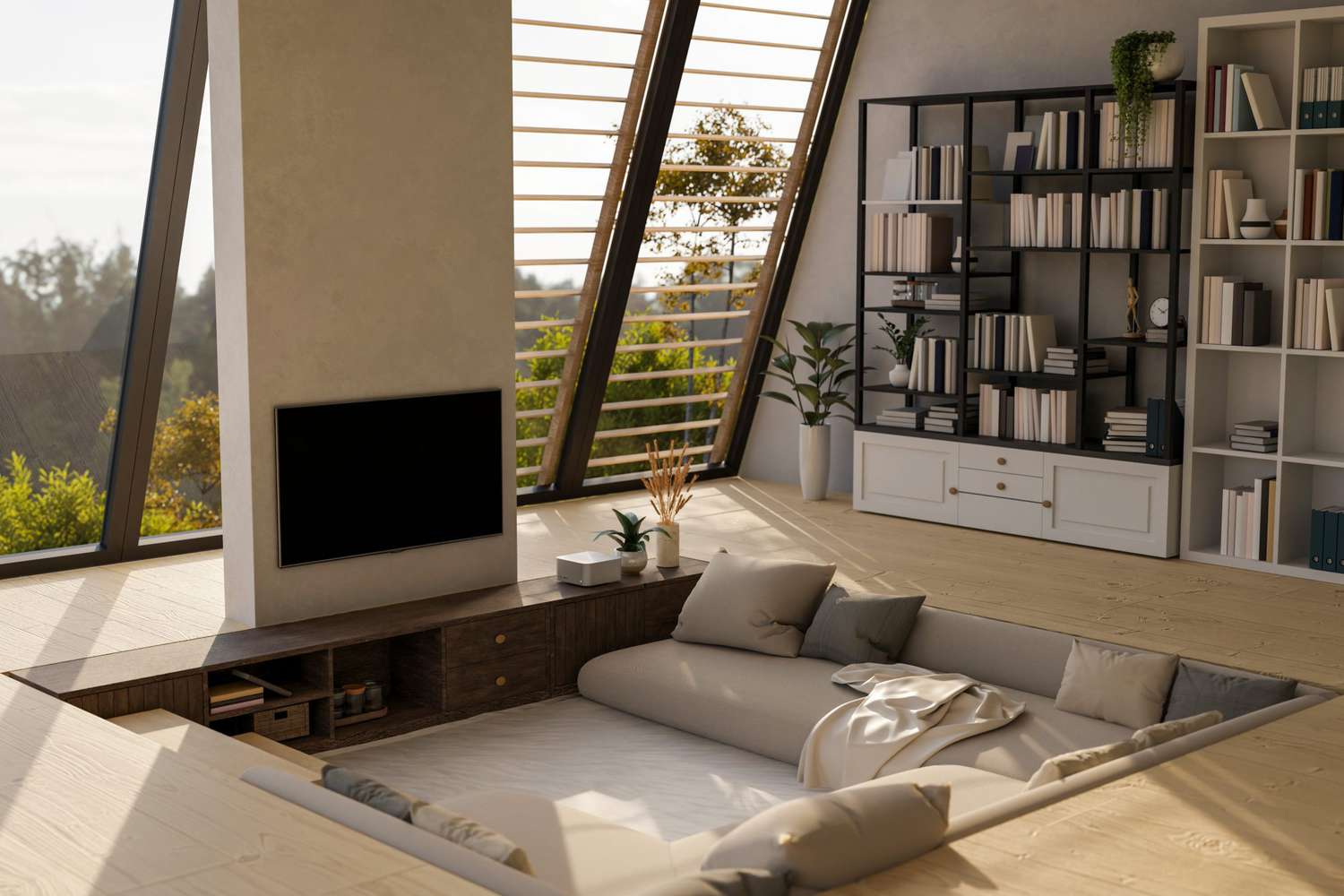
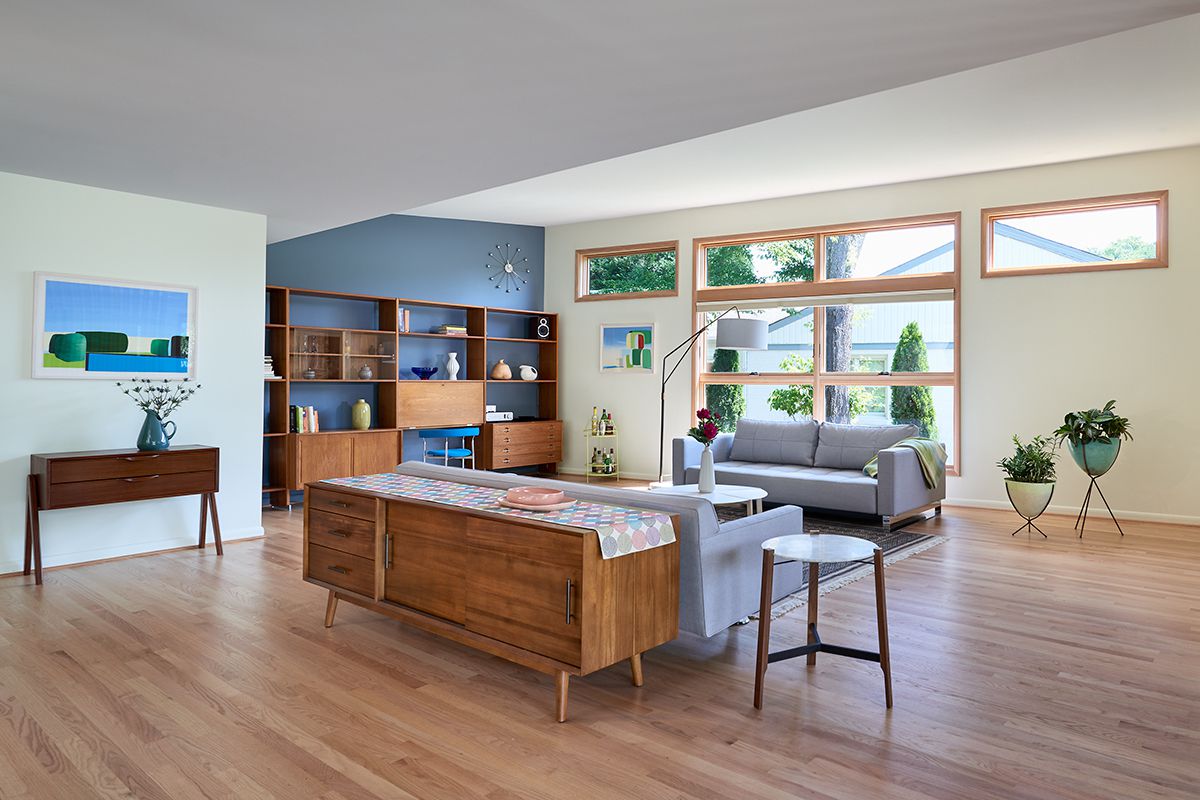
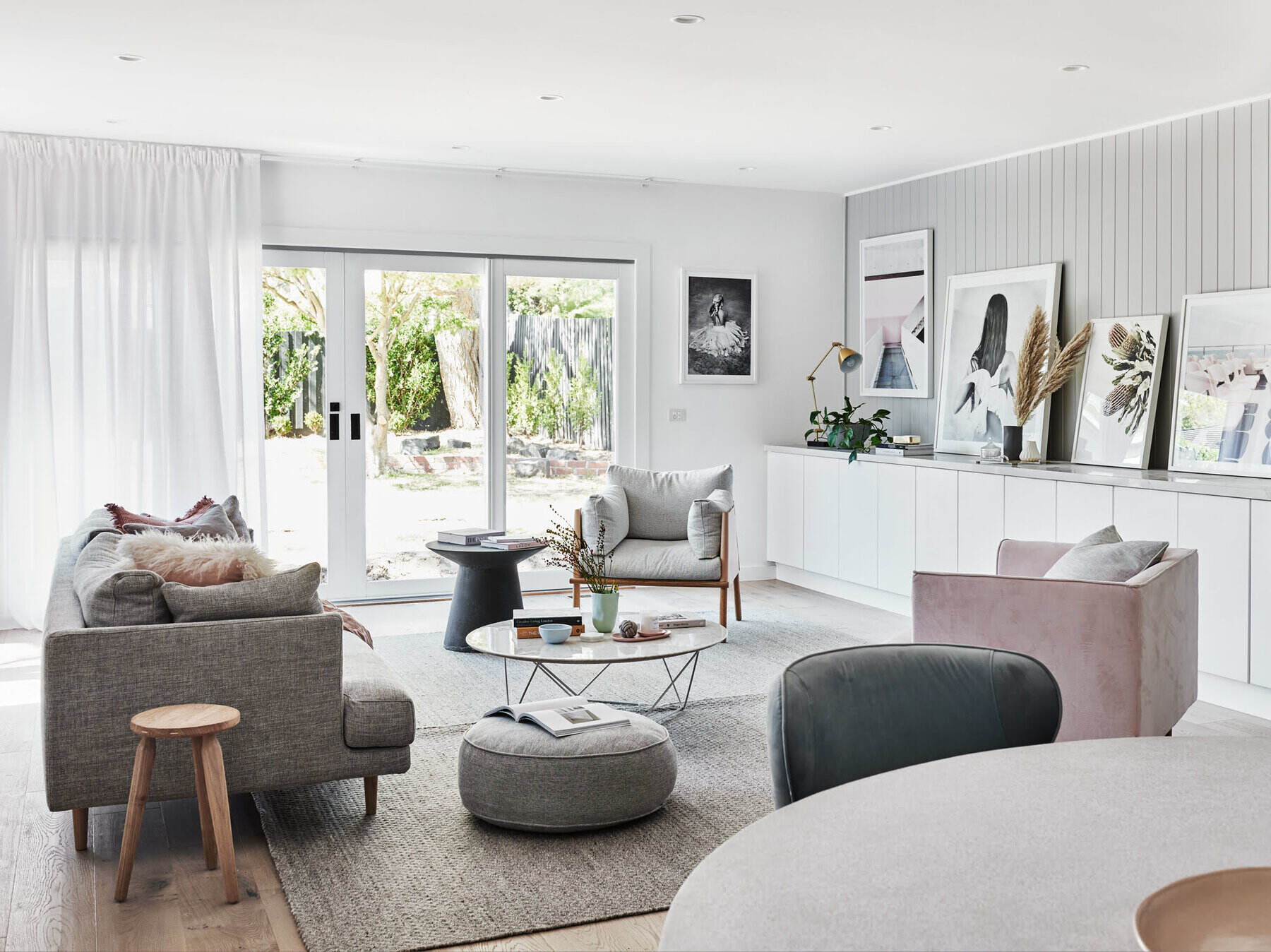

0 thoughts on “Living Room Seating Ideas: Design Rules For Seat Layouts”